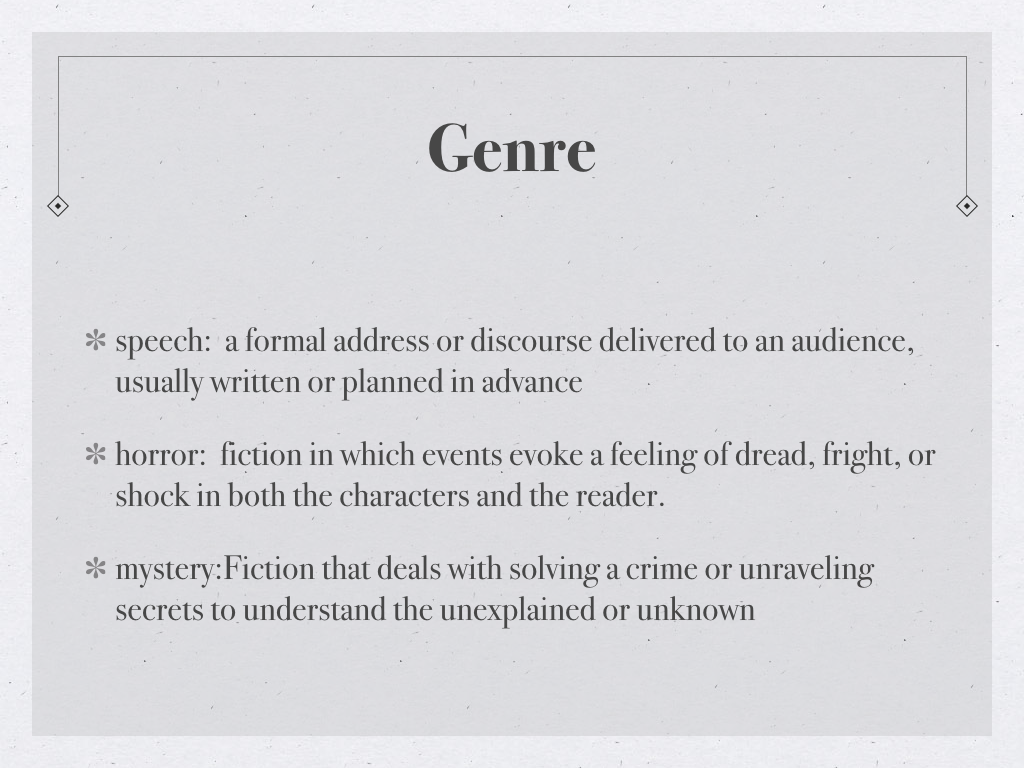The variables in the experiment that remain the same for all. An example might be the amount of water given to the plants. The constant is important to keep the amount of water from influencing the outcome of the experiment. SL 6.1: Engage effectively in a range of collaborative discussions( one on one, groups, and teacher led) with diverse partners on grade 6 topics, texts, issues, building on their own ideas and expressing their own clearly. L 6.3: Use knowledge of language and its conventions when writing, speaking, listening, or reading. Stories in Unit 6: 1. Dear Sixth Grade Families, I would like to Welcome you and your child to the 2015-2016 school year here at Calibre Academy. My name is Brad Parker and it is my honor to be your child’s Sixth Grade Math and Science Teacher. I am a Fifth year teacher and have worked in many fields along the way. SL 6.1: Engage effectively in a range of collaborative discussions( one on one, groups, and teacher led) with diverse partners on grade 6 topics, texts, issues, building on their own ideas and expressing their own clearly. L 6.3: Use knowledge of language and its conventions when writing, speaking, listening, or reading. Stories in Unit 6: 1.
Study Guide sent home on Thursday 2/27/20
Unit : Models and Designs

I. Everyday Mysteries
Systems : two or more objects that work together in a meaningful way
Black box is a system that is not completely understood (i.e.solar system, atoms)
Models : an explanation or representation of an object, system or process that cannot be easily understood
Conceptual model: exists in a person’s mind or on paper/digital copy (written, drawn, 2-D, virtual, numbers, pictures…)
Physical model: exists in a way that can actually be touched
Models change as new information is discovered.
Possible to have many different models of the same black box (i.e. models of universe - open, closed, oscillating, balanced….)


II. Design Processes
Engineering Design Process
Steps:
Ask questions (find a problem)
Imagine possible solutions
Plan (diagram, steps needed..)
Create/make/build
Test and improve
Collaboration : people working together to produce or create something.
Advantages: more ideas, different points of view, more people to test ideas out
Consensus : agreement on something
The vocabulary can be studied online at quizlet.
Quizlet Favesmrs. Parker's 6th Grade L.a. Classroom Rules
Follow the link below to study the vocabulary:
 https://quizlet.com/_44hztw?x=1jqt&i=bz66c
https://quizlet.com/_44hztw?x=1jqt&i=bz66c h_________________________________________________
Quizlet Favesmrs. Parker's 6th Grade L.a. Classical
Study for the test on Kahoot:

